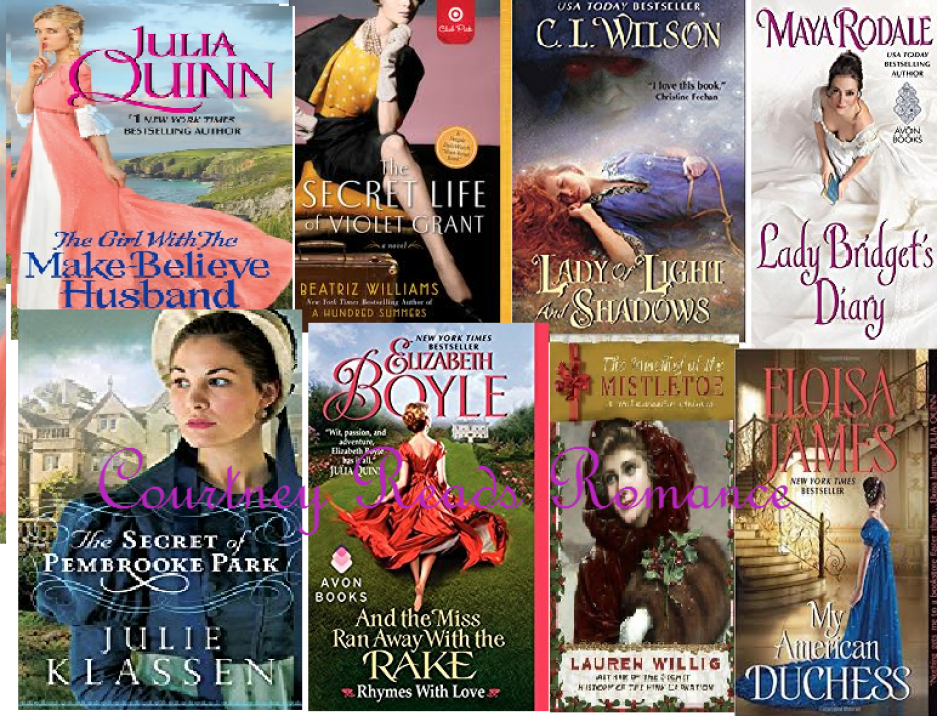Lawhon, Ariel. I Was Anastasia. New York: Doubleday, 2018. ISBN-13: 978-0385541695. $26.95.
3.5 stars
I picked up this book out of fascination with Anastasia’ story, and curiosity to learn more about Anna Anderson, the woman who claimed to be her. And while I found this book wonderfully crafted, it doesn’t hold many surprises for those who know the truth behind the fiction, despite being billed as “historical suspense.”
Through the structure of the book, Lawhon does try her best to maintain the suspense of who Anna truly is, given that the story is set in an era prior to DNA testing, but writing the sections from Anna’s POV backwards meant I often felt more disconcerted with her parts of the book and only identified with her in part, as we didn’t get to see her growth from someone who saw an opportunity to better her circumstances to someone who had truly grown weary of the notoriety.
However, I did enjoy the sections from Anastasia’s POV, which surprised me, given this part was written in first person present tense, a style a normally loathe. But this portion of the book poignantly captures the dark realities of the Romanovs’ imprisonment between 1917-18, with their revolving door of increasingly worse guards and the increasingly worse treatment they received now that they were no better than anyone else. It was especially shocking to me, because while I was acquainted with many of the basic details of their captivity, I had no idea about the darker details that preceded their executions, like the murder of a beloved family pet, sexual assault, and physical violence. Given Lawhon’s portrayal of the Romanovs as such vulnerable, innocent people, it is unbelievable that they were subjected to this sort of behavior. While Nicholas II may not have been the most effective or popular ruler, I can’t imagine what would cause people to be so heartless as to not realize that, beneath all the wealth and power that they’ve stripped away, they are people too, especially the children, who played no role in their parents’ political decisions.











